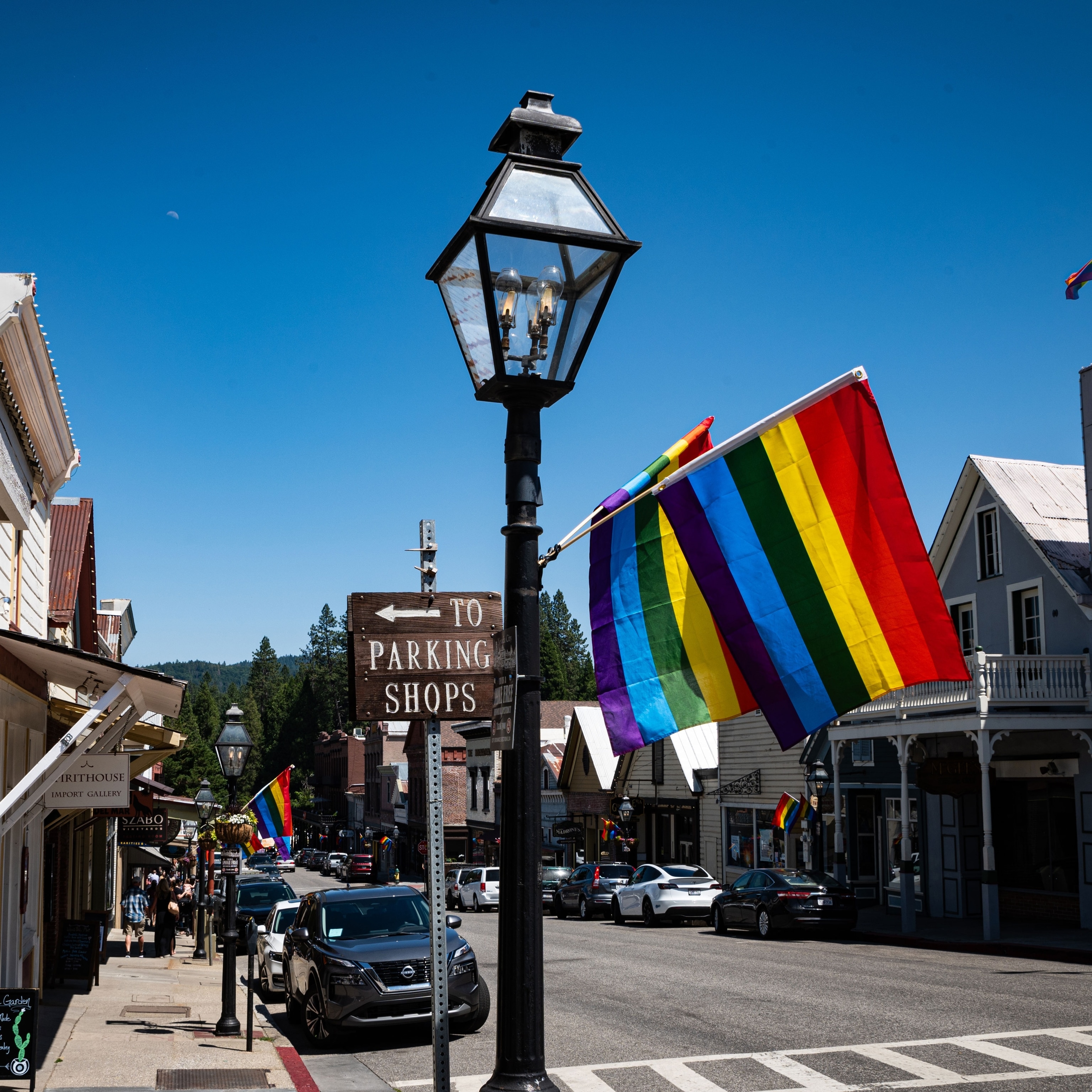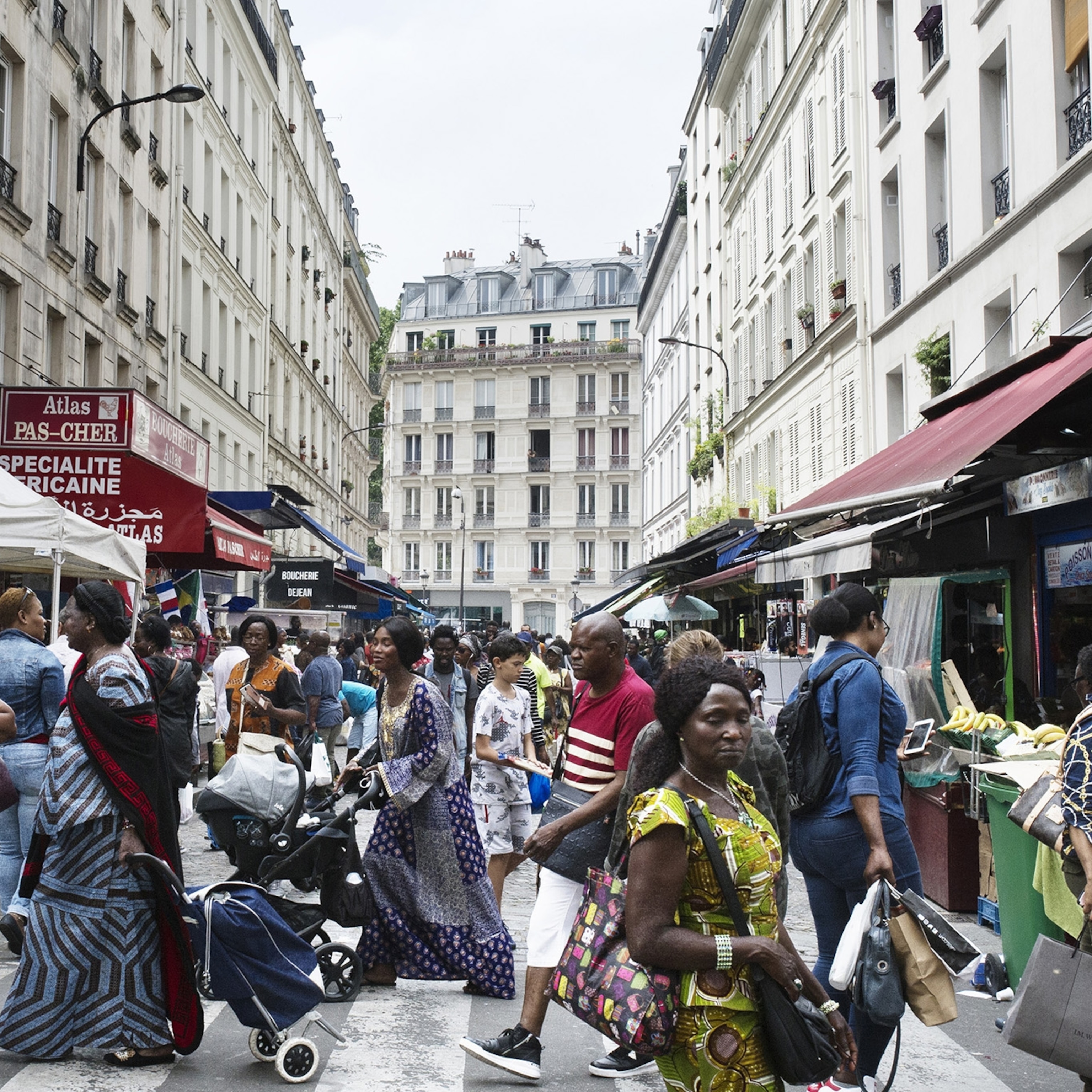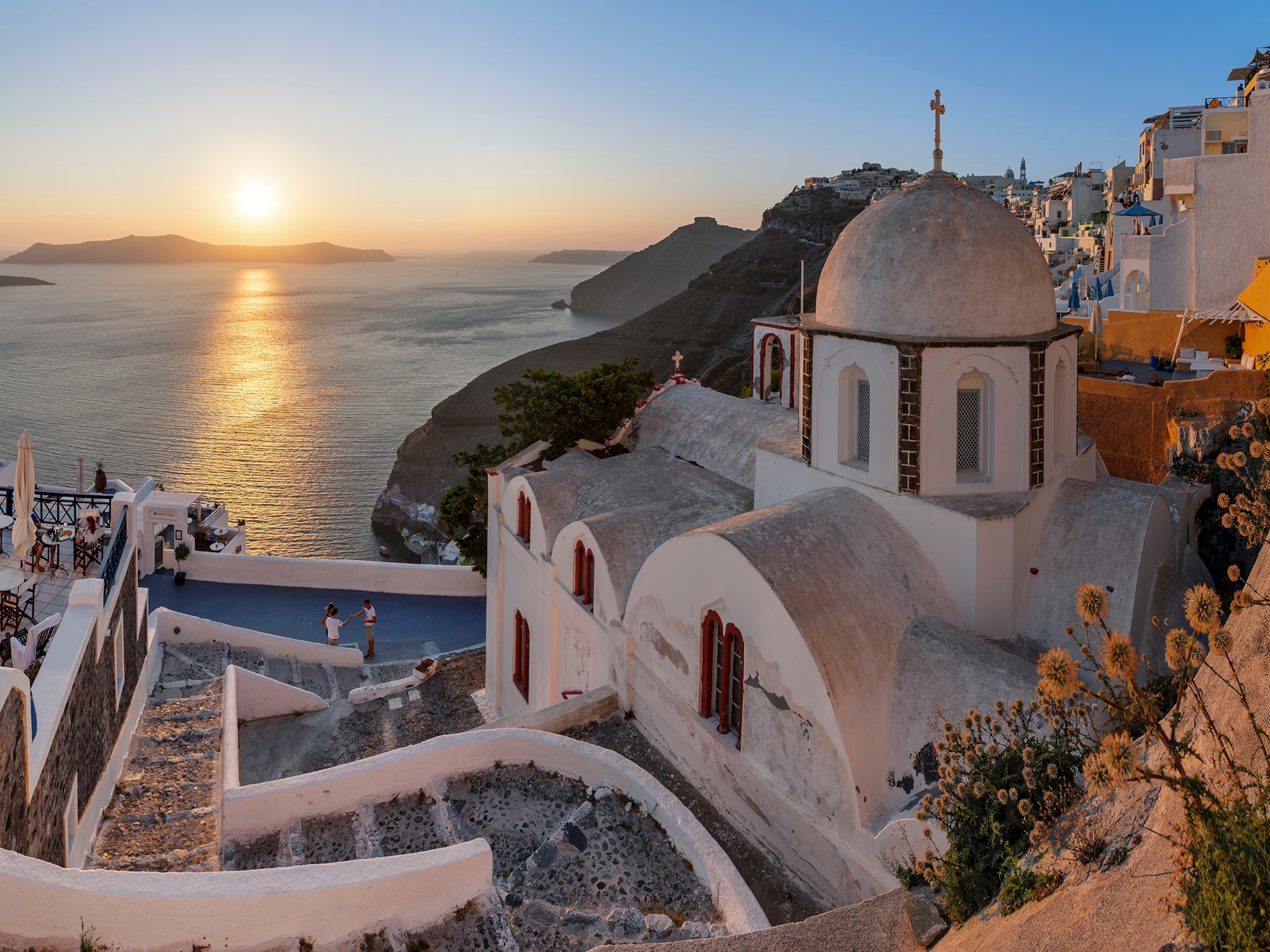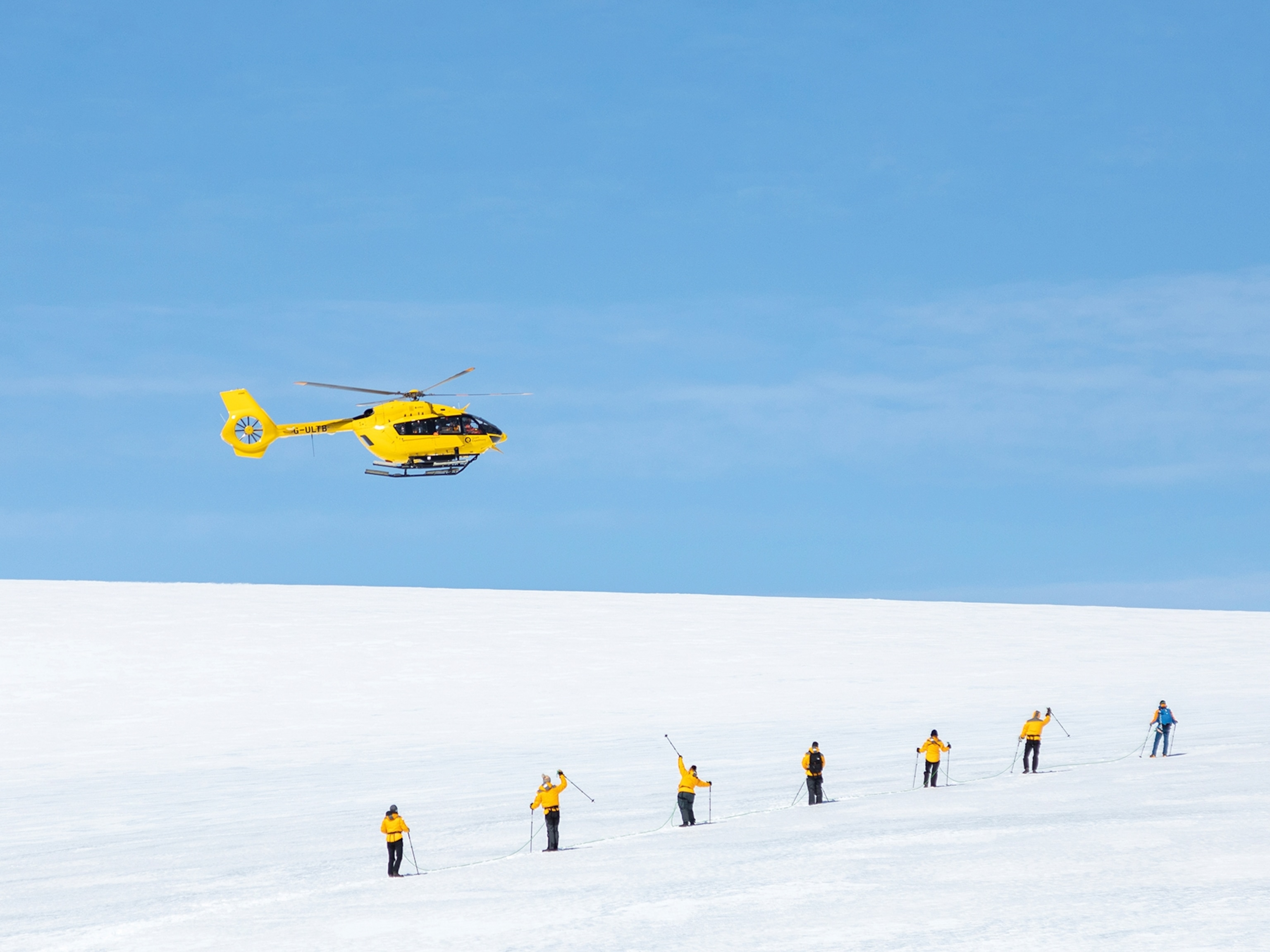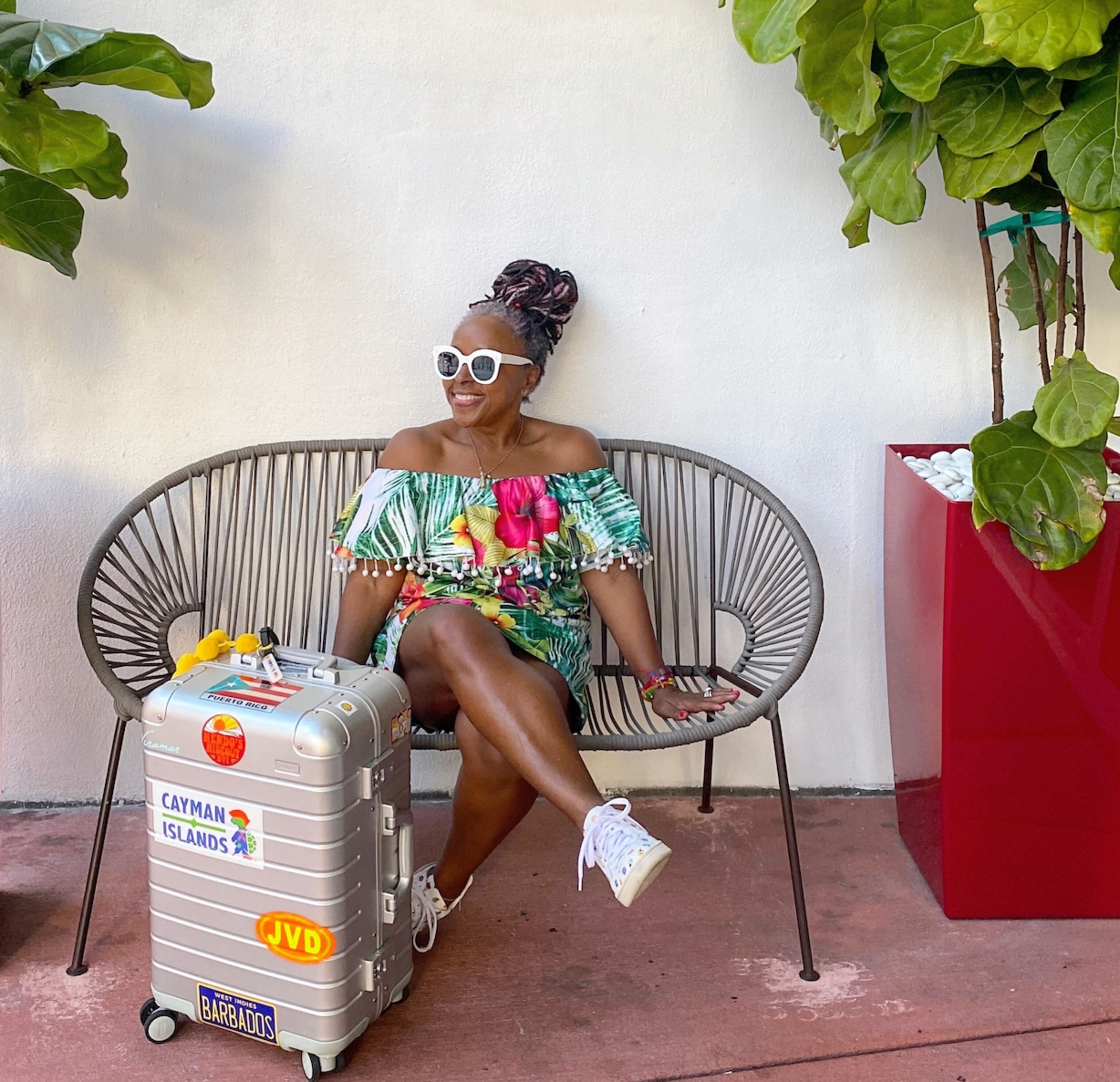
Here’s how travelers of color are smashing stereotypes
The travel industry hasn’t always welcomed everyone. These people want to change that.
In 2011, my family of four set out on an around the world trip. Over the course of one year, we visited more than two dozen countries. We weren’t the first family to set out on such an adventure, but as we flipped through magazines and scanned the internet for examples, we never found a traveling family that looked like ours.
Was it that people of color weren’t traveling or that they weren’t being included in travel coverage? Turns out it’s a bit of both.
In recent weeks, the mainstream adoption of the Black Lives Matter campaign has pushed the issues around racial inclusivity into the spotlight, and the travel industry hasn’t been spared. Groups such as the Black Travel Alliance (BTA) have formed to challenge travel organizations to share their diversity data and enforce policies to make the travel world more inclusive.
“The BTA was created to support Black content creators around the world and increase their representation in the travel industry, says Martinique Lewis, a travel diversity consultant and a BTA founder. “We are committed to uplifting, educating, and providing resources for people that look like us.”
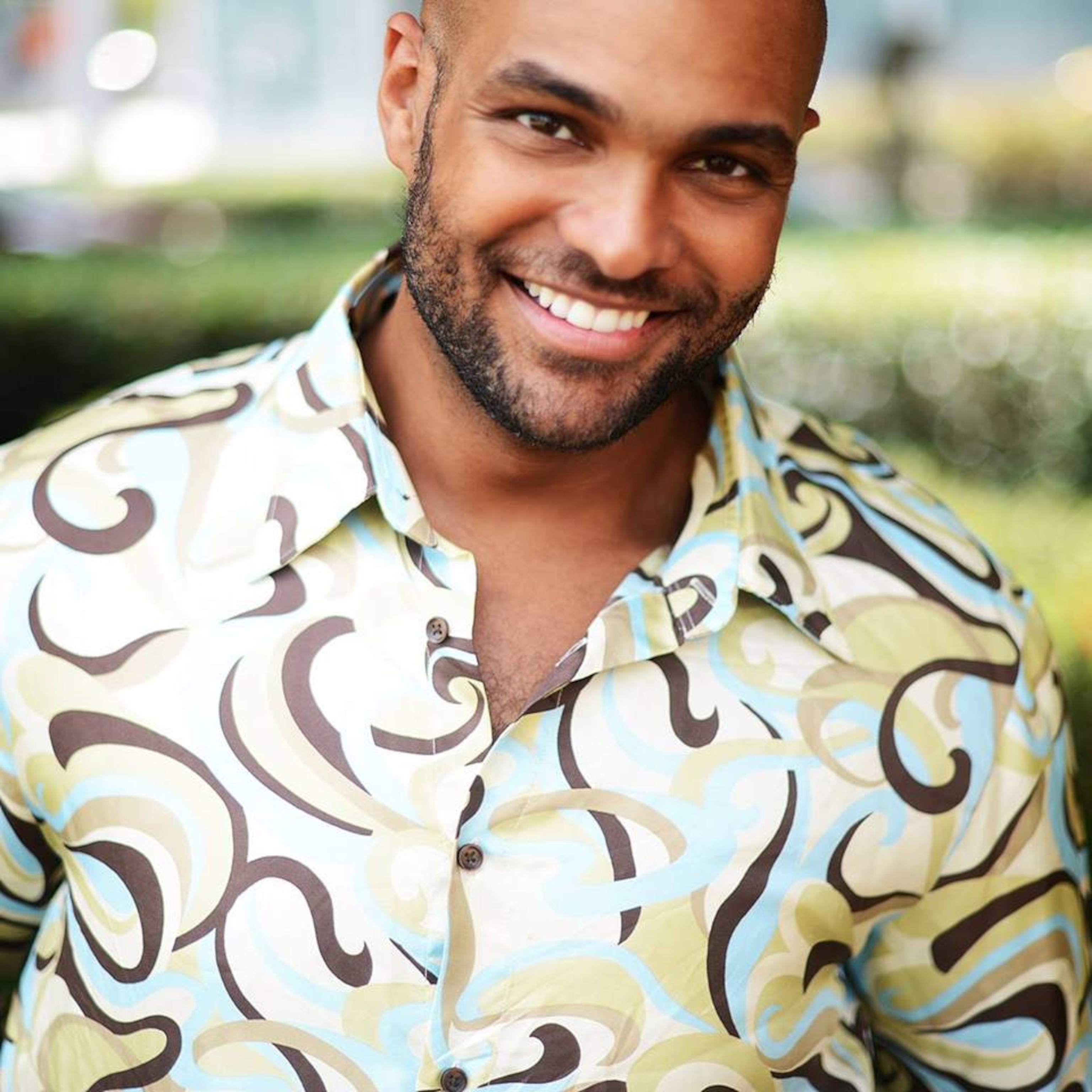
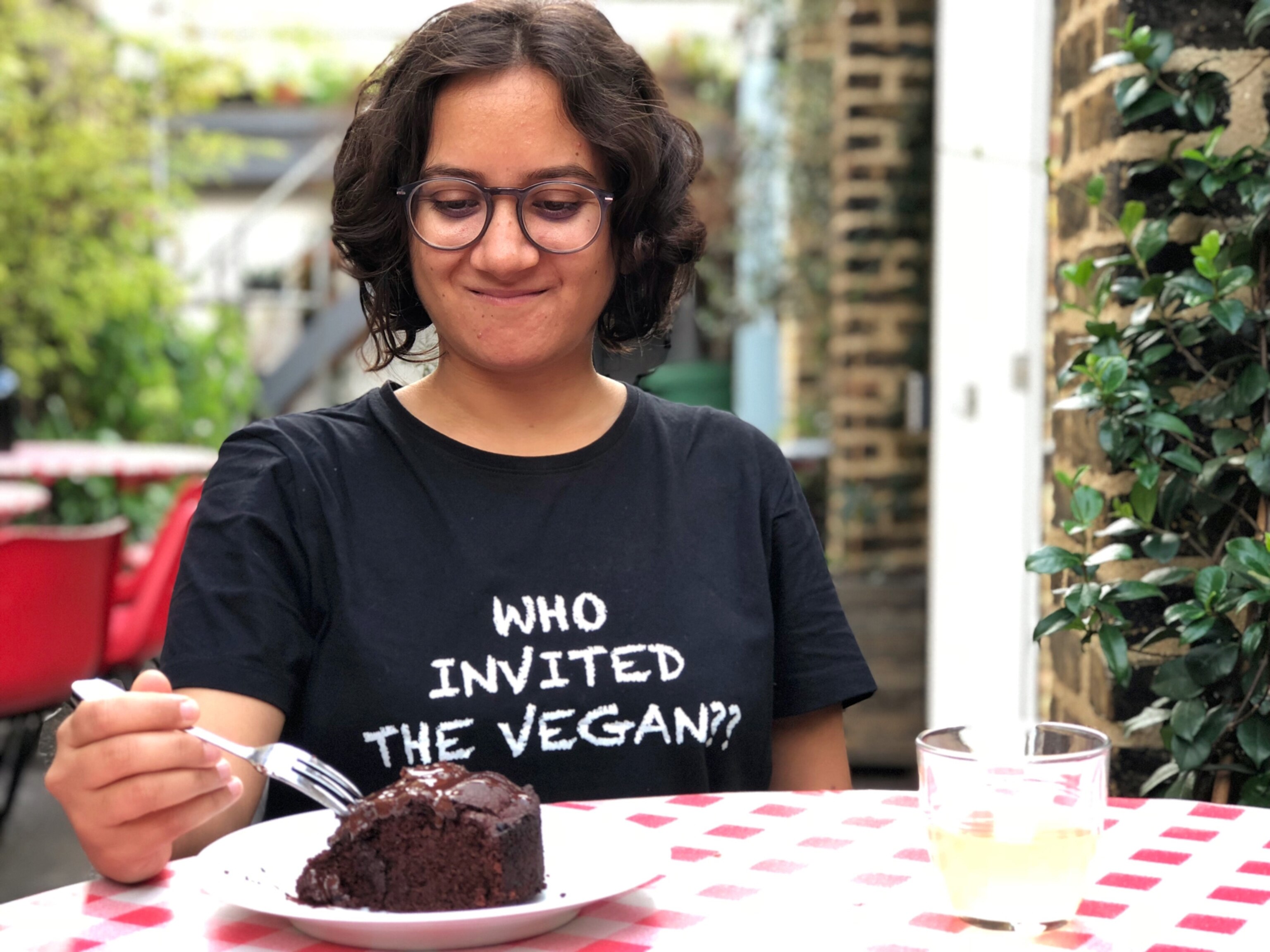
Empowering diverse voices
As one of only a few African Americans to host a travel show, Ernest White II says “visibility is empowerment.” He uses his show Fly Brother, which airs on PBS stations, as “a conduit and catalyst for transformation,” in the travel space.
“My show is not a Black show, my show is a human show that has a Black, gay host,” says White. “And what that does is show everyone that we all have a place in this world. We intentionally bring on friends of mine who are bona fide friends, and who represent the spectrum of humanity.”
For Shivya Nath, author of the travel memoir, The Shooting Star, visual representation is important because it allows people to broaden their idea of what a traveler looks like.
“As a brown traveler, I don’t fit into the mold of someone exploring the world,” says Nath, who grew up in India. “A white person can be an explorer, a vegan, a solo female traveler, an outdoor enthusiast, a culture seeker. But a person of color is a person of color first.”
Nath hasn’t let other people’s limited expectations stop her from spending nearly seven years as a nomadic backpacker or exploring spaces such as Iran and Armenia solo.
“I see myself as a global citizen—capable of shaping my own perspective of the world, largely uninfluenced by those who’ve experienced it before me.”
(Related: Discover what this writer learned as a black solo traveler.)
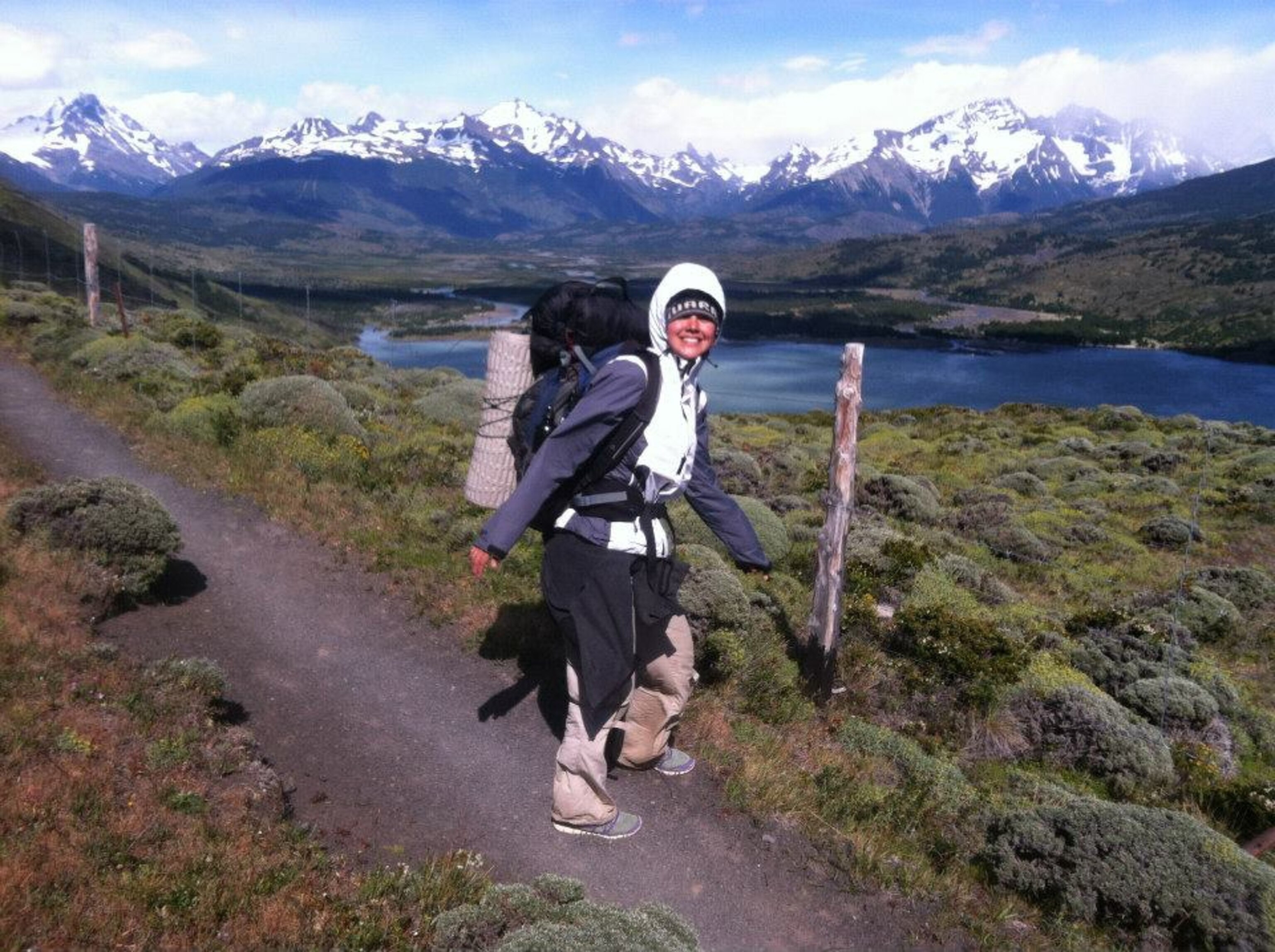
Representation needed
The absence of diversity in travel is particularly surprising, given statistics over the last few years that show travelers of color are big players when it comes to recreational spending. U.S. Hispanic travelers spend more than $56 billion globally in leisure travel annually. African-American travelers spend upwards of $60 billion, globally. Asian-American travelers have a projected spending power of $1.3 trillion globally by 2022.
A 2019 Accenture survey of travel industry diversity and inclusion initiatives found that 74 percent of travelers care about whether a travel company is offering products and services targeted to their diverse segment.
Amanda E. Machado, a Latinx writer and facilitator who focuses on the intersections between race, gender, travel, and the outdoors, says for many people of color, it takes a herculean effort to begin traveling.
“The way the system is structured in the United States, unfortunately, a lot of people of color end up getting stuck on the realm of ‘How do I survive in the system?’” says Machado. “That doesn't leave us much space for taking time to explore and adventure and make mistakes and get lost.”
Diverse images and stories of communities of color are missing in part because of who the storytellers are.
“I find it puzzling that in travel, which is by definition the most diverse beat anyone could have, we are still so homogenized in who is telling the stories,” says freelance travel writer and host, Sarah Greaves-Gabbadon. An expert in Caribbean travel, Greaves-Gabbadon says out of the dozen journalists she knows that share the beat, only about one-quarter are Black writers of Caribbean descent.
“In 2020, we’re still viewing the Caribbean through a white gaze,” she says, noting that it is particularly problematic for countries steeped in a history of colonialism. “That’s not to say there isn’t a place for a white viewpoint, but we should be hearing all the voices.”
Lewis points out that very few Black travel journalists hold positions at travel publications, and that Black influencers, just like Blacks in other industries, earn less than their white counterparts. Systemically entrenched publication policies, like those at The New York Times, that demand travel writers finance their own trips but don’t pay wages that can support those costs, also play a role in whose viewpoints are shared, says Greaves-Gabbadon.
“You will never hear my voice or the voices of many other talented Black writers in The New York Times because of it.”
(Related: Here’s why diverse perspectives make for better stories.)
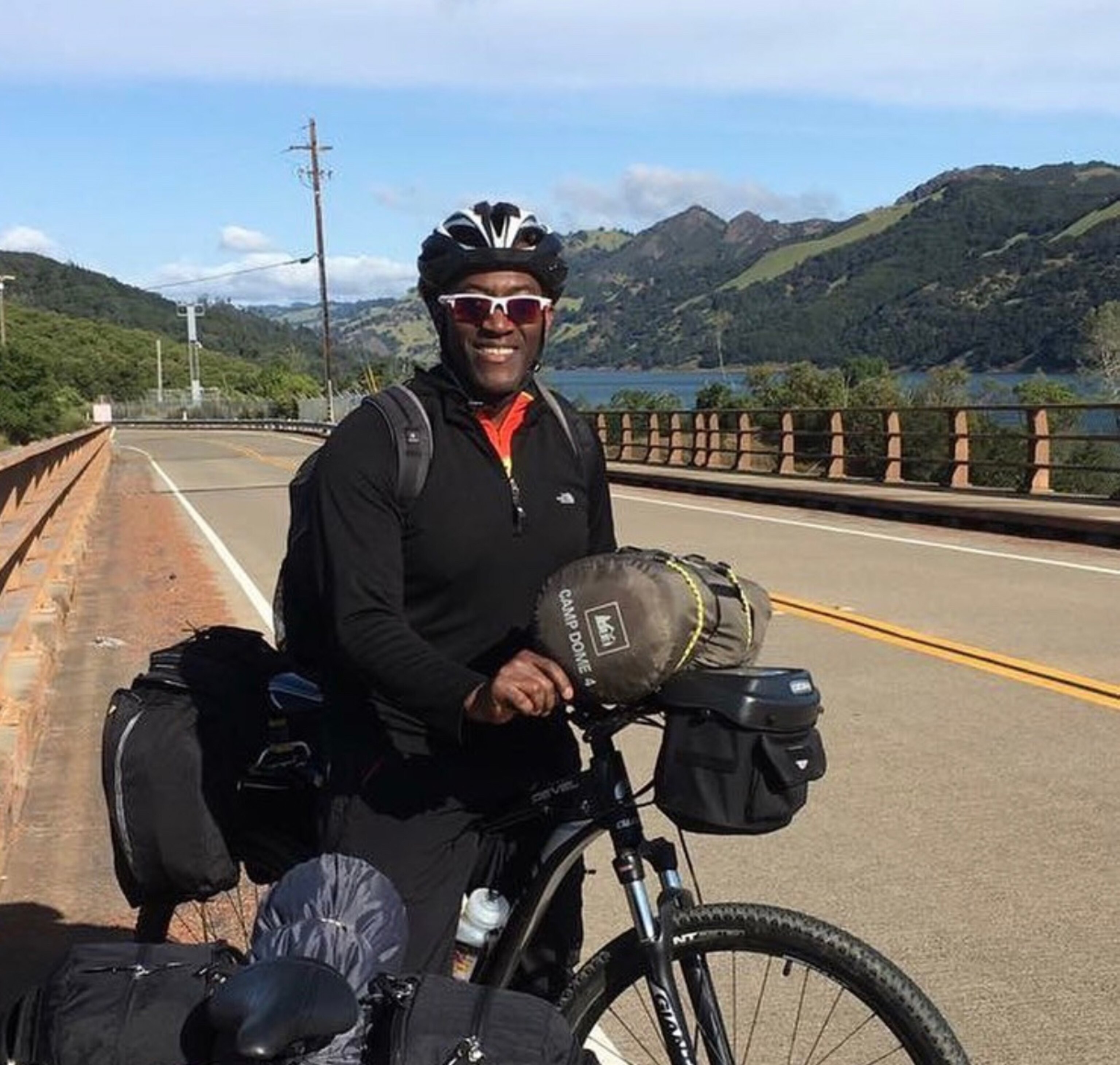
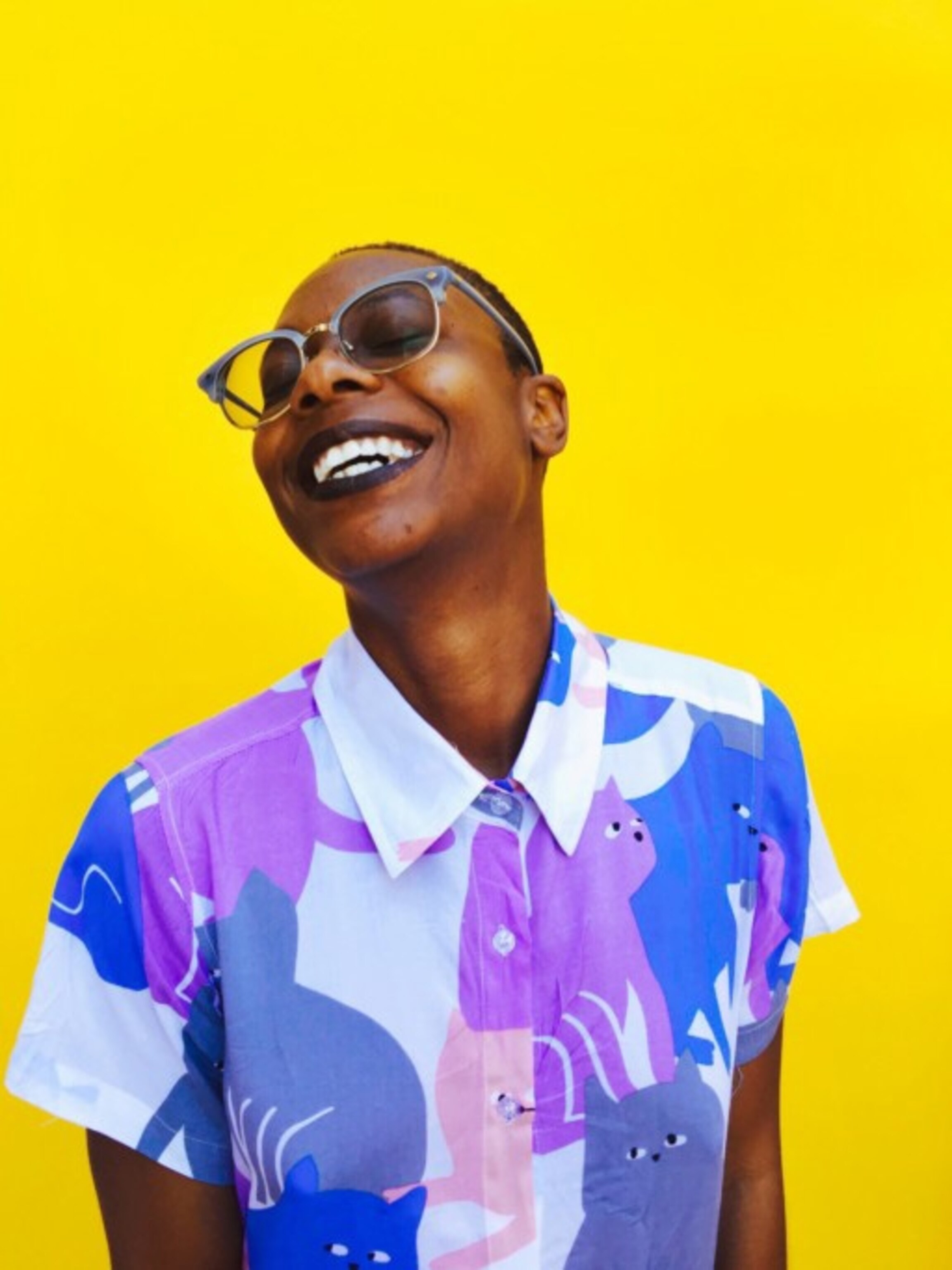
Creating a safe space
It also means that stories will often focus on diverse travelers as a monolith, failing to dive deeper into the unique attributes and interests of travelers within race.
John Graves created his online group 52/52 Adventures as a self-motivation tool to fit his love of being active in the outdoors. The 56-year-old educational psychologist—who has run ultramarathons and marathons in 37 countries, 47 states, and 6 continents—says he has rarely spotted another Black person at the starting line. Until recent calls for more diverse coverage, he’d accepted that he was likely a unicorn.
“I’ve seen more and more kinds of diverse groups popping up, like Black Girls Hiking and Outdoor Afro and others," he says. “They were talking about the lack of diversity in the outdoors.”
But for Greaves-Gabbadon, the lack of inclusive imagery can be a deterrent to people who don’t see themselves represented.
“It would be great if brands would recognize that the Black audience isn’t exclusively young and/or urban,” says Greaves-Gabbadon, 53, whose travels include running as well. “‘Perennial’ women like me are active, energetic, and have the means and motivation to travel, too.”
As a Black, queer, non-binary person, ethno-photographer Oriana Koren enters situations hoping to go unnoticed but is routinely approached, threatened, and denied entry into spaces their white colleagues can access without reproach.
“Wherever I go in the world, there are really difficult ideas about anti-blackness that I have to combat,” they say. “I don't get the kind of space to just dive into my work and think about it and just be there.”
Koren made the decision the carve out their own space in the travel industry by primarily photographing people of color around the world.
“I purposely don't photograph white people wherever I go if possible,” says Koren, “because everyone thinks that people who are tourists, who explore the world, who are adventurers…are white and I didn't want to participate in that mythology.”
When Nailah Blades Wylie moved to Utah, she didn’t immediately feel welcome while exploring the outdoors.
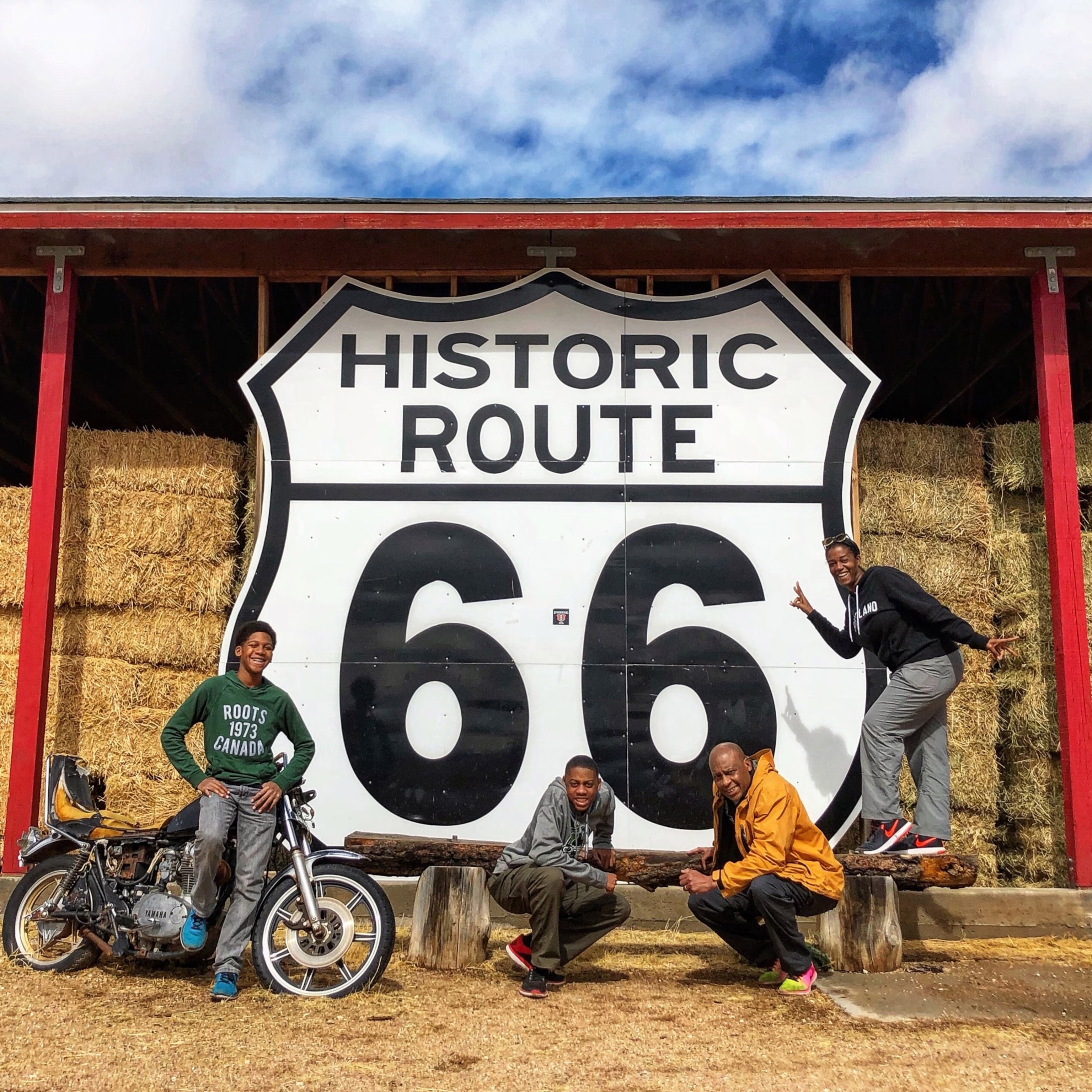

“Obviously the outdoors is for everyone,” she says, “but the way that the outdoor world has been marketed hasn’t been for everybody. It very much seems like this very exclusive club. I'm sure even when people think of ‘outdoorsy,’ they think of a white male and he's probably wearing Patagonia.”
Blades Wylie’s own experiences with racism and assumptions in the outdoors (including a police officer’s disbelief that her family goes on snowshoe treks) led to her founding Color Outside. The organization offers retreats for women of color, providing a safe group from which to explore adventures. These kinds of organizations are particularly important, says Machado, because diverse communities have been historically or culturally excluded from these spaces via intentional systemic barriers.
A dearth of Black swimmers in California can be traced to a history of segregated pools and beaches that made swimming unsafe, she says. A combination of segregation, white people abandoning city pools for private clubs (resulting in a low priority for city pool maintenance), and the later installation of splash pads and wading pools instead of pools with any swimmable depth in cities played a role in would-be swimmers of color learning how to swim.
A lack of hikers of color on Oregon’s trails can partly be traced to the state’s founding charters that worked to keep diverse populations out—the discriminatory language wasn’t completely removed from the Oregon Constitution until 2001—a history of lynching in the woods, and other violent acts toward people of color on secluded trails. The current five-year plan of the Oregon Parks and Recreation Department notes that while Black people make up 2.2 percent of Oregon’s population, they only make up 0.9 percent of daily visitors. Latinx people (13 percent of the population) make up only 6 percent of day visitors. On the other hand, white people, who account for 76 percent of Oregon’s population, make up 88 percent of day visitors to the state’s outdoor spaces.
(Related: Learn about how national parks are working to fight racism.)
“There’s honestly so many incidents of hate crimes, harassment, and violence in these spaces that I think the remnants of the explicit historical exclusion still feels very present to this day,” says Machado.
For Blades Wylie, finding a connection with other travelers and outdoor enthusiasts of color has been empowering for her.
“There have been forces that have been telling us—overtly or not—that we don’t belong, but we do,” says Blades Wylie. “We deserve to be able to take up space in this way.”
